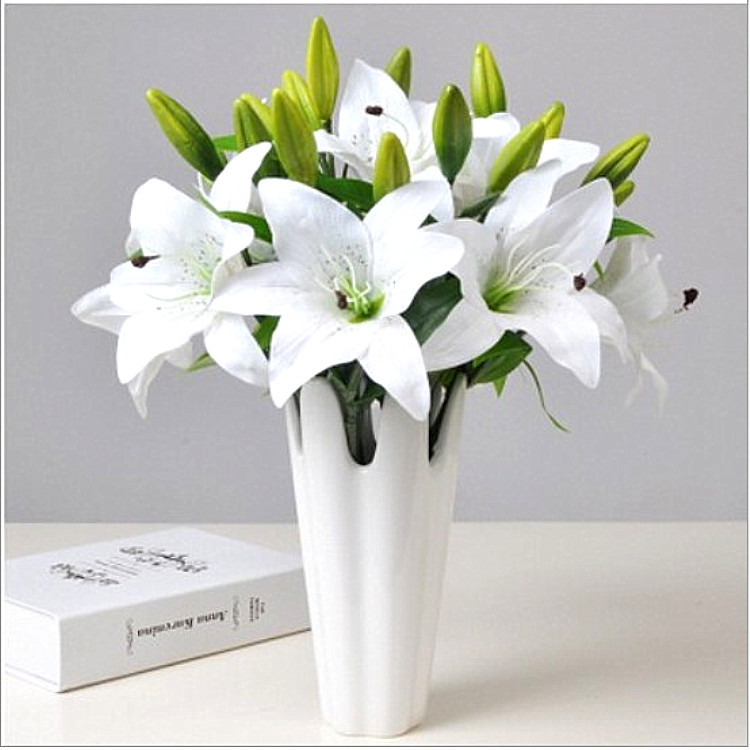Introduction: Lilies have held significant cultural symbolism throughout history, representing beauty, purity, and renewal in various cultures worldwide. In this blog, we’ll explore the enduring role of lilies as symbols of cultural heritage and their place in diverse traditions.
- Lilies in Religious Ceremonies: Lilies are frequently featured in religious ceremonies and rituals. We’ll delve into their symbolic role in weddings, funerals, and other spiritual occasions, where they signify purity, divinity, and the cycle of life.
- Lilies in Mythology and Folklore: In numerous mythological tales and folklore, lilies have taken on symbolic meanings. We’ll explore how lilies are often associated with gods, goddesses, and mythical creatures, representing their connection with the divine.
- Lilies in Art and Architecture: Lilies have long been a favorite motif in art and architecture. We’ll discuss their presence in ancient and modern artworks, sculptures, and decorative elements, reflecting their status as an enduring symbol of beauty.
- Lilies in National and Cultural Emblems: Lilies have been adopted as national and cultural emblems by several countries. We’ll showcase examples of how lilies are proudly represented in national flags, coats of arms, and official insignia.
- Lilies in Literary References: Lilies frequently appear in literature as symbols of beauty, love, and purity. We’ll explore how poets and writers across the ages have utilized lilies to convey profound emotions and themes.
- Contemporary Meaning and Symbolism: Even in modern times, lilies continue to be cherished for their symbolism. We’ll discuss how lilies remain a beloved flower in contemporary culture, holding onto their ancient cultural significance.
Conclusion: The cultural symbolism of lilies is a testament to their timeless allure and enduring place in human heritage. Across religious ceremonies, mythology, art, and literature, lilies continue to be celebrated as symbols of beauty, purity, and renewal.







